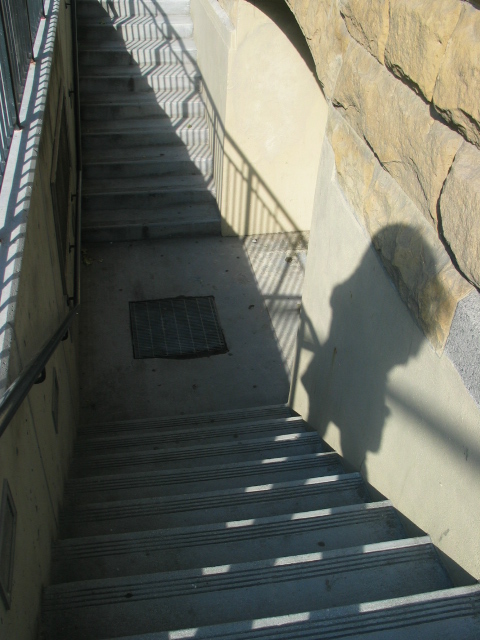The Prisoners’ Dilemma
The classic example of game theory is the Prisoners’ Dilemma, a situation where two prisoners are being questioned over their guilt or innocence of a crime. They have a simple choice, either to confess to the crime (thereby implicating their accomplice) and accept the consequences, or to deny all involvement and hope that their partner does likewise.
The “pay-off” is measured in terms of years in prison arising from each of their choices and this is summarised in the table below. No communication is permitted between the two suspects – in other words, each must make an independent decision, but clearly they will take into account the likely behaviour of the other when under interrogation.
| Two prisoners are held in a separate room and cannot communicate They are both suspected of a crime They can either confess or they can deny the crime Payoffs shown in the matrix are years in prison from their chosen course of action Decisions made under uncertainty | Prisoner A | ||
| Confess | Deny | ||
| Prisoner B | Confess | (3 years, 3 years) | (1 year, 10 years) |
| Deny | (10 years, 1 year) | (2 years, 2 years) | |
What is the optimal strategy for each prisoner? Equilibrium occurs when each player takes decisions which maximise the outcome for them given the actions of the other player in the game. In our example of the Prisoners’ Dilemma, the dominant strategy for each player is to confess since this is a course of action likely to minimise the average number of years they might expect to remain in prison. But if both prisoners choose to confess, their “pay-off” i.e. 3 years each in prison is higher than if they both choose to deny any involvement in the crime.
However, even if both prisoners chose to deny the crime (and indeed could communicate with each other to agree this course of action), then each prisoner has an incentive to cheat on any agreement and confess, thereby reducing their own spell in custody.
| The equilibrium in the Prisoners’ Dilemma occurs when each player takes the best possible action for themselves given the action of the other player. The dominant strategy is each prisoners’ unique best strategy regardless of the other players’ action Best strategy? Confess? A bad outcome – prisoners could do better by both denying – but once collusion sets in, each prisoner has an incentive to cheat! | Prisoner A | ||
| Confess | Deny | ||
| Prisoner B | Confess | (3 years, 3 years) | (1 year, 10 years) |
| Deny | (10 years, 1 year) | (2 years, 2 years) | |
Real world applications of game theory
Game theory analysis has direct relevance to our study of the behaviour of businesses in oligopolistic markets – for example the decisions that firms must take over pricing of products, and also how much money to invest in research and development spending. Costly research projects represent a risk for any business – but if one firm invests in R&D, can another rival firm decide not to follow? They might lose the competitive edge in the market and suffer a long term decline in market share and profitability.
The dominant strategy for both firms is probably to go ahead with R&D spending. If they do not and the other firm does, then their profits fall and they lose market share. However, there are only a limited number of patents available to be won and if all of the leading firms in a market spend heavily on R&D, this may ultimately yield a lower total rate of return than if only one firm opts to proceed.
The Prisoners’ Dilemma can help to explain the break down of price fixing agreements between producers which can lead to the out-break of price wars among suppliers, the break-down of other joint ventures between producers and also the collapse of free-trade agreements between countries when one or more countries decides that protectionist strategies are in their own best interest.
The key point is that game theory provides an insight into the interdependent decision-making that lies at the heart of the interaction between businesses in a competitive market – particularly those dominated by a few leading players!
source: http://tutor2u.net/newsmanager/templates/default.aspx?a=840&z=1

No comments:
Post a Comment